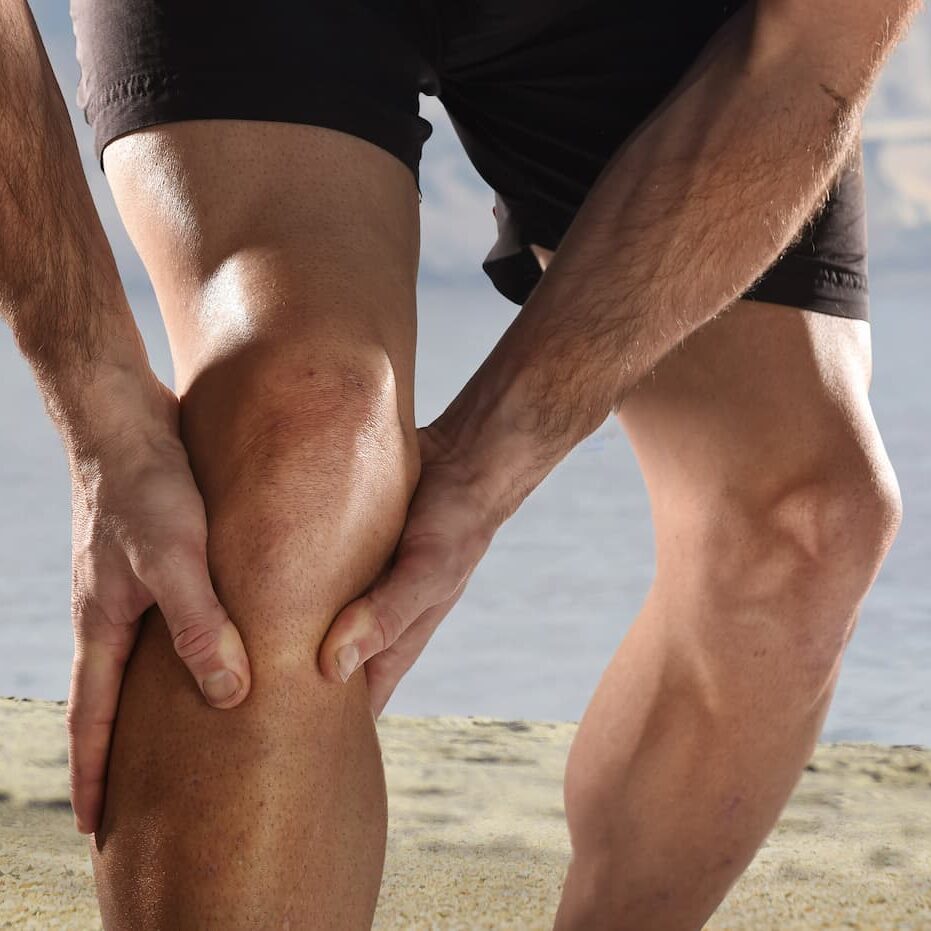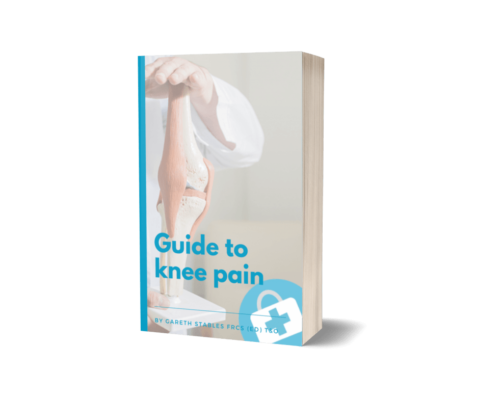The latest non-surgical treatments for Osteoarthritis
Joint replacement operations are a $20 billion per year industry. There is no doubt that they have improved the lives of millions of people. But they aren’t for everyone.
Replacing worn-out bone and cartilage from your knee, hip, or shoulder with metal and plastic is still a major operation. It almost always requires a hospital stay and months of rehabilitation and therapy for you to regain motion, strength, and the ability to do daily activities. For very active people, these procedures often mean being less active than you would like to be.
The good news is that we are entering a period in healthcare and in particular in orthopaedic surgery when it’s becoming possible to treat osteoarthritis without surgery. Some of these treatments relieve the pain and swelling that make it hard for you to run, play sports and do other activities you love to do.
There are some newer treatments that offer the potential to reverse the wear-and-tear in your joint and actually help your body rebuild the damaged cartilage.
The following is a list of some of the newer, more exciting treatments available to treat bone and joint pain and help with the symptoms of osteoarthritis.
Several of these treatments are currently being investigated as tools to help rebuild damaged bone and cartilage in your joints. Some such as PRP injections are already available and used regularly in my clinic.
I’ll go into each of these treatments in more detail in future articles and videos, but here’s a quick summary.
Peptides
Peptides are short chains of amino acids, or small proteins, that we naturally make in our bodies. Peptides are involved in almost every bodily action. They are the master controllers of many functions in the body, including hormone production, cell-signalling, and cell-to-cell communication.
There are a number of peptides that have shown good results in relieving pain from osteoarthritis and musculoskeletal injuries and healing damaged tissue. Some of the most popular peptides for bone and joint purposes are BPC-157, Thymosin Beta 4 (TB 500), and AOD 9604. Depending on the peptide, they can be administered orally, by a subcutaneous injection, or by applying a topical cream. And unlike steroid hormones, which stay in the body a long time, peptides have a very short half-life, so they have been shown to be extremely safe.


Platelet Rich Plasma
Platelet-rich plasma, or PRP, is a treatment that has been around for over a decade, although it is still considered “experimental” by some insurance companies!
PRP is a treatment in which we take a small amount of your blood, similar to when you’re having a blood test. Then we spin the sample of your blood in a centrifuge to remove the red blood cells. What remains is the plasma, filled with special cells called platelets, which we inject into your damaged joint. These platelets contain growth factors and other nutrients that nourish the damaged tissue in your joint.
PRP has been shown to be helpful for a number of musculoskeletal conditions, including muscle and tendon injuries. It is especially interesting as a treatment for osteoarthritis, as it has shown better results than cortisone and hyaluronic acid injections for early-to-moderate osteoarthritis symptoms.
Exosomes
Exosomes are one of the most recent advances in the treatment of osteoarthritis. While stem cells have been used in orthopaedic surgery and regenerative medicine clinics for many years, exosomes have the potential to supersede them as a treatment for aging joints. With stem cells, a surgeon usually harvests them from your pelvic bone or other parts of your body, often needing a surgical procedure. But the number of stem cells obtained with these techniques is limited.
Exosomes are thought to be important mediators of cell communication that participate in numerous physiological processes. Think of exosomes as the key part of stem cells, working to heal damaged cartilage in osteoarthritis without having to undergo a procedure to harvest your stem cells.
Exosomes have been shown in early research to protect the arthritic joint by promoting cartilage repair, inhibiting inflammation of the joint lining, and helping the bone around your joints stay strong (subchondral bone remodelling).
This article from Nature explains more about the science of Exosomes and how they can help with osteoarthritis.
Pentosan polysulfate
Pentosan polysulfate is what’s known as a Disease Modifying Osteoarthritis Drug (DMOAD). It has been used for years in horses and dogs. It is currently MHRA and NICE approved for treating bladder pain (interstitial cystitis of the bladder) , so it can be repurposed as an osteoarthritis treatment.
Pentosan is an exciting new treatment, because studies show that it can help heal the subchondral (sub-surface) bone lesions in osteoarthritis and decrease pain. It is typically self-administered in an injectable form.
Keeping Active is Key!
Finally, please remember the goal is to stay active. Don’t let anyone – a GP, physio, orthopaedic surgeon, or anyone else – tell you that you must stop exercising. You might have to modify what you do, but exercise and using your muscles and moving your joints is beneficial for osteoarthritis.
If you have osteoarthritis or joint pain that keeps you from being as active as you would like, contact me to schedule an appointment with me in South Manchester or Cheshire. We can discuss all your options, including some treatments you will never hear about from your own doctor or hospital-based orthopaedic surgeon!



